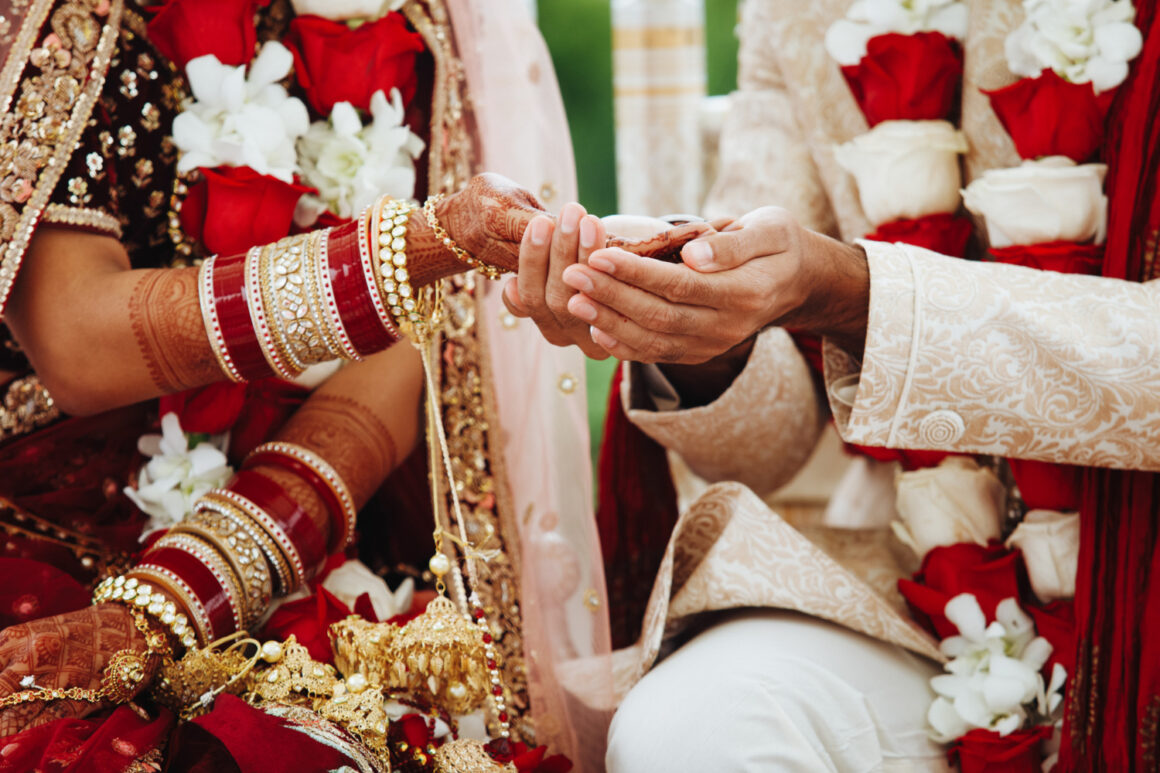Hinduism
Hindu culture, one of the oldest and most diverse cultures in the world, primarily originates from the Indian subcontinent. It is deeply rooted in the traditions, philosophies, and practices of Hinduism, which is more than just a religion—it’s a way of life for millions of people
As per the culture they see god in everything including the tools of work. Traditionally, they seek blessings from all their elders, whether related or not and guests are considered equivalent to god (Aditi devo Bhava).
This culture is seen throughout their weddings as well. Most of the Hindu weddings are arranged by the families as is the culture in most of Asia. They always include paying respects to the ancestors to the elderly in the family, to friends and treat guests to the lavish splendors during the wedding. Although there are numerous variations in rituals based on the region, caste and beliefs, the basis of all the weddings are the same.
A Glimpse into Hindu Wedding
These ceremonies are a highly vibrant tapestry of rituals, colors and emotions each carrying centuries of traditions and deep cultural significance.
History:
Enlisting the wedding traditions without a brief look at the history will be incomplete. Hindu wedding traditions are based on centuries old text of Grahyasutras (rituals of home) and Manusmriti (Laws of Manu). The five elements of life are intricately woven into the fabric of Hindu wedding rituals, emphasizing the harmony and balance of the natural world and the spiritual union of the couple.
Earth (Prithvi) – Earth represents stability, support, and fertility. It symbolizes the foundation of the couple’s new life together.
Rituals include- use of a sacred space or mandap, often decorated with flowers and plants, signifies the earth element.
Saptapadi (Seven Steps or circles around fire)
Ashmarohana (Bride Stepping on a stone after marriage) signifying strength and steadfastness in fast changing life and situations
Water (Jal) – Symbolizes purity, life, and rejuvenation. It represents the flow of emotions and the nourishment of the marital bond.
Rituals include- ceremonial bath (Mangala Snanam) and offerings of water during various rites emphasize the importance of purity and cleansing.
Fire (Agni) – Considered to be the purest form of all forms of energy as per the Upanishads (hindu texts). During marraiges fire is considered a sacred witness to the vows and symbolizes energy, transformation, and purification.
Rituals- The sacred fire (Agni) is central to the wedding ceremony for Hindu culture. The couple performs the Saptapadi (seven steps) around the fire, making vows with Agni as their witness. All the 5 elements are always brought together as fire is made the central element as per the hindu customs.
Air (Vayu) – Air represents life force, communication, and the breath of life. It signifies the couple’s interconnectedness and the exchange of vows.
Rituals include the recitation of Vedic mantras and prayers involves the element of air, as the spoken words carry the intentions and promises of the couple.
Ether (Akasha) – Ether symbolizes space, consciousness, and the divine presence. It represents the boundless and expansive nature of the couple’s union.
Rituals- The wedding ceremony is conducted under the open sky or within a sacred space (mandap), representing ether. The couple’s prayers and offerings are believed to reach the divine realm.
The Ceremony and their Significance
As for any weddings it is not only about the joining of 2 souls alone. It is the union of 2 families making the family chain bigger as time goes by.
Pre wedding Rituals:
1) Engagement:
This is characterized by matching horoscopes (Kundali) of the bride and the groom, to a point basis system of 10. Any matches above 5 are usually considered favorable. They are usually done by an astrologer (Pandit), and handed over to the parents.
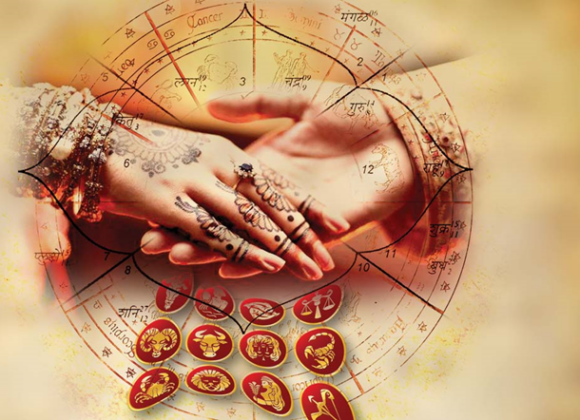
2) Announcements and Time of Marriage:
Once the horoscopes are matched, the groom’s family visit the brides home to officially ask for the bride. Then the marriage is officially announced and with the help of an astrologer, the auspicious date and time for the marriage is fixed. It is believed in the culture that all the good things should start at an auspicious time as determined by the position of the stars and planetary alignment of the bride and the groom in astrology.
3) Haldi Ceremony:
During this ceremony turmeric paste is applied to bride (now a days the groom is also involved). It is believed that Haldi purifies the body and soul of the bride and groom and ward off evil spirits there by preparing them for the sacred union.
Scientifically turmeric is known for its antiseptic and antibacterial properties, anti-inflammatory properties and skin brightening or glowing properties.
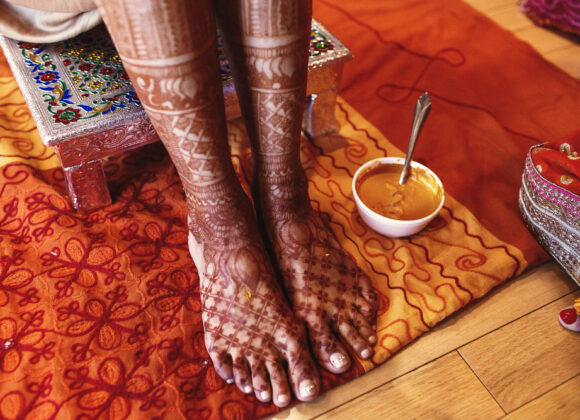
4) Mehandi Ceremony:
This commences with the application of decorative designs with Henna paste (plant) on the hands and feet of the bride and the close family. Spiritually it is a symbol of love and prosperity, blessings and positive Energy.
Scientifically Henna is known for its cooling properties, antifungal and antimicrobial properties as well as used as a conditioner when applied to the hair.
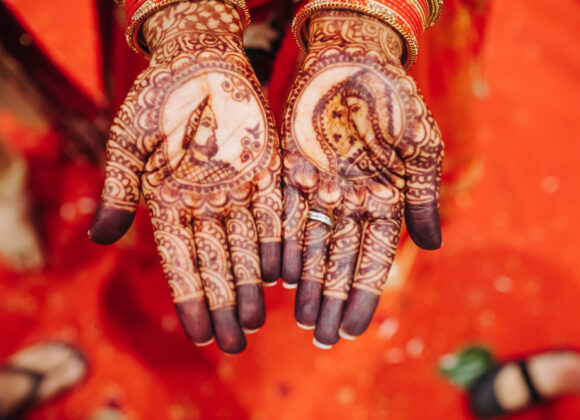
5) Sangeet:
A musical evening with dance and song is celebrated by both bride’s and groom’s families. As the name implies the music and dance goes on for the night is a celebration of unity of two families and it helps in building bonds between the families.
Since it is a symbolic representation of happiness, it also helps reduce the stress of wedding and helps in giving much needed relaxation for the upcoming event.
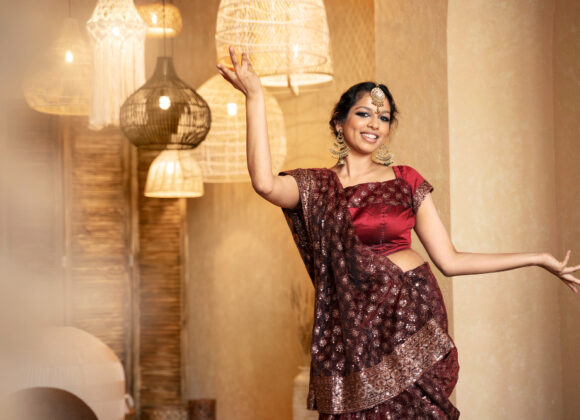
Wedding Rituals:
The wedding day and timing of rituals are predetermined by the astrologer according to the planetary and star of the bride and groom. It is more of a formal function where the couple is finally united religiously and spiritually.
1) Ganesh Puja:
Lord Ganesh is believed to be the lord of obstacles and special prayers and rituals are done to remove all the obstacles before the wedding ceremony. Although, in some cases this ritual is done on a separate day.
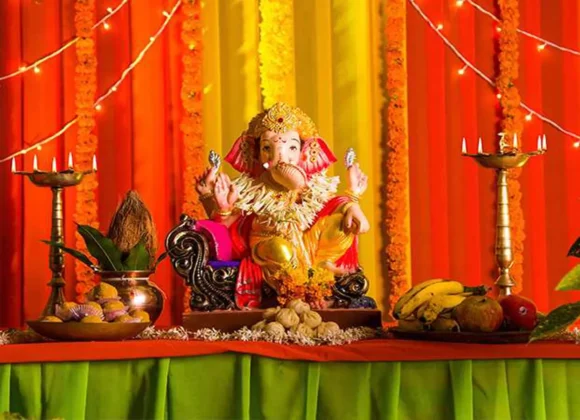
2. Baarat:
This is the marking of the groom’s entrance on to stage. Normally the groom enters the stage. The groom usually walks with music and dance by his family and friends. Historically, it symbolizes a man’s victory in capturing the heart of a woman and to take her away from her parents to his home.
The groom may also enter the stage by coming on a horse or open car or any other means that adds to the splendor of the wedding. Once the groom is seated near the homkund or sacred fire, the bride is brought in to the stage to sit beside him.
2) Kanyadaan:
This is the ceremony where bride’s father hands over the bride’s hand to the groom. In case the father is not present, the ceremony is done by maternal uncle (in some societies) or Paternal uncle. This ceremony symbolizes the handover of the bride’s safety and protection as well as well-being to the groom from that moment.
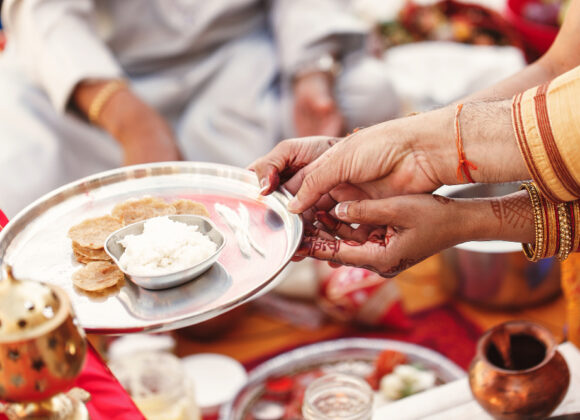
3) Mangal Phera’s:
The Mangal phera’s or the actual wedding starts with the bride and the groom making seven vows (will mention in a separate article) with seven steps around the homkund (the sacred fire) which signifies the union with purity and strength. Once this is done the tying of the knot of Mangal Sutra (a thread that is blessed by the priest) by the groom around the bride’s neck, and application of Sindoor (Vermilion) to the bride’s forehead.
The application of the red sindoor signifies the marital status, power, status and strength, prospeirity, good fortune, happiness, commitment and devotion. It is scientifically believed to reduce stress, have a cooling effect and reduce blood pressure.
Post Wedding Rituals:
Post wedding the guests are treated to a feast and get to shower their blessing on the bride and the groom.
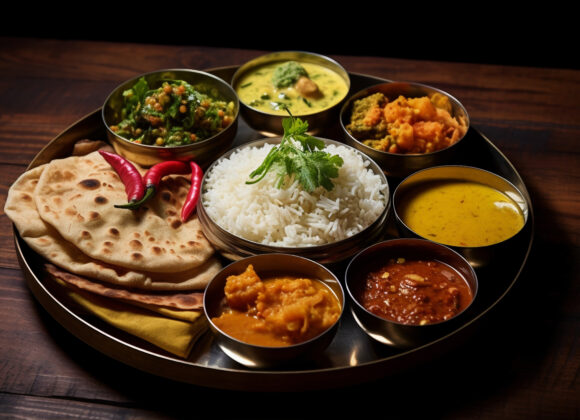
2) Grihapravesh (Entry to make a new home):
The timing of Grihapravesh to the bride’s new home is determined by the astrological charts. This signifies the entry of the bride into her new home and is often welcomed by the groom’s mother or sisters. The entry to the new home is often characterized by the spreading of rice to the floor of the home or by the application of color to the bottom of the feet before entering with the right foot 1st.
This symbolizes the prosperity and happiness of the new home that she is supposed to build with her husband. The spreading of grains is symbolic for prosperity and the application of colored footsteps symbolizes stability in the new home.
Following this the groom’s close relatives, shower their blessings and sometimes is followed by a traditional feast before the guests say good bye to the newly wed couples.
Disclaimer: This blog is based for a generalized Hindu wedding. Variations do occur based on the region, cast and sect of the people. As per my understanding the basis of all the Hindu weddings are the same with slight variations only. Any further details on each ceremony or variations feel free to write to us at [email protected]

